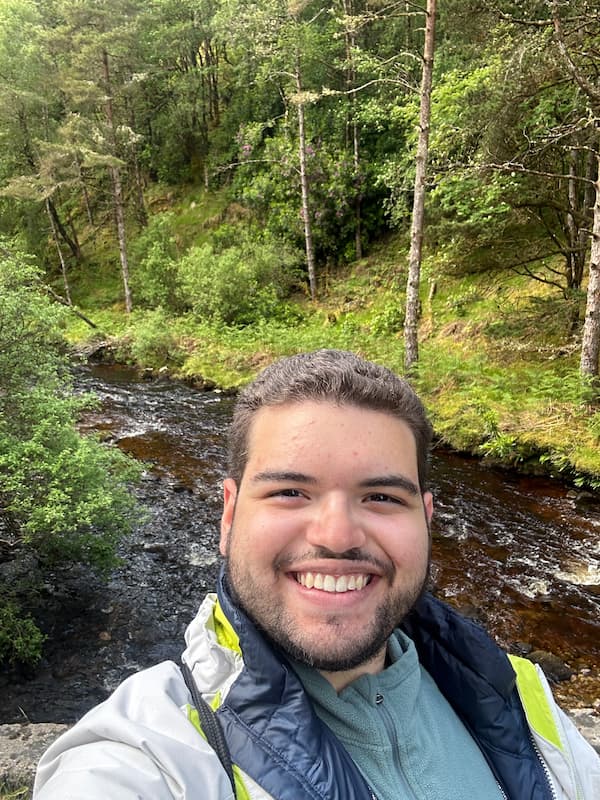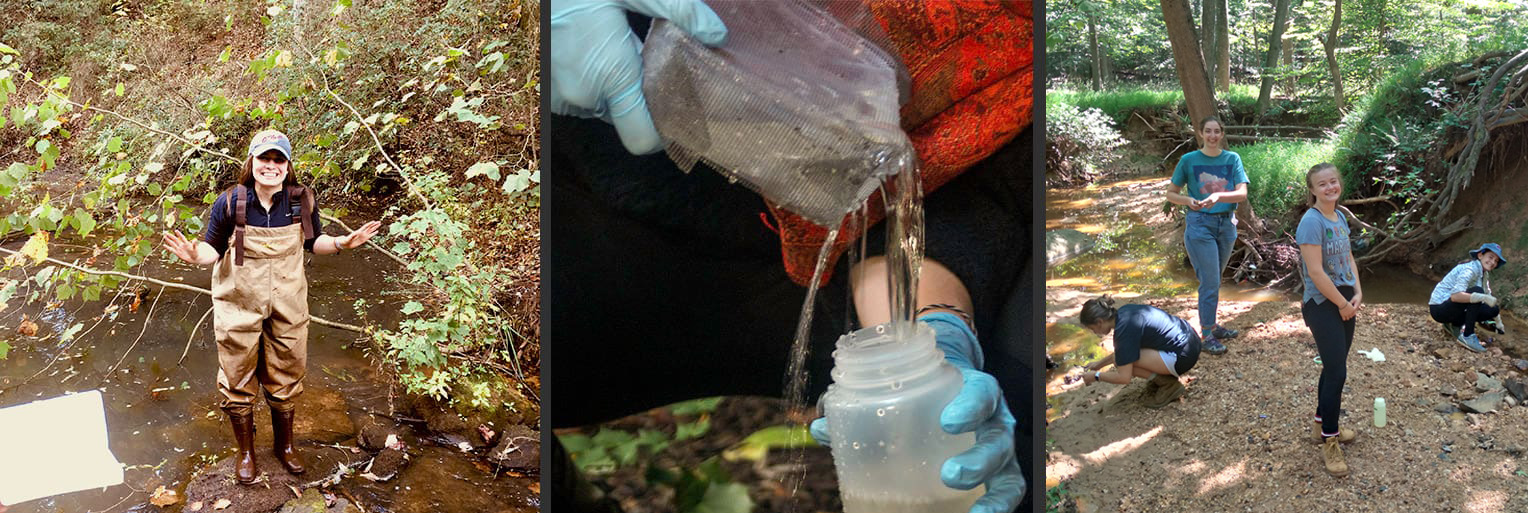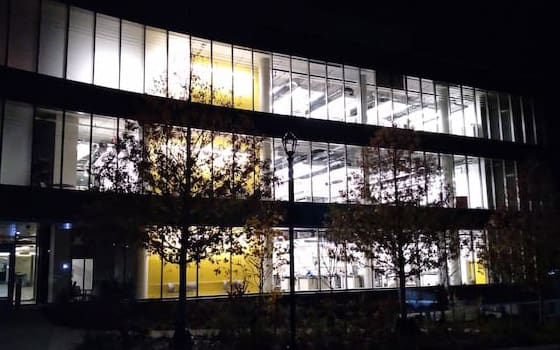Contact Us

Sky Chaus
Sky Chaus is a senior majoring in Environmental Science and Leadership and Ethical Development. She/They are working on a project to quantify the concentration of Bisphenol A (BPA) in Anacostia and Potomac River sediments. Sky will be testing to see if there is a greater concentration of the chemical in urban or suburban areas.

Margaret Golembiewski
Margaret Golembiewski is a senior majoring in environmental science. She is working on extracting and characterizing Siloxanes and polycyclic aromatic hydrocarbons (PAHs) in soil samples from urban and suburban sites along the Anacostia river and tributaries.

Daniel Punales
Daniel Punales is a senior at American University pursuing a dual degree in Environmental Science (BS) and Political Science (BA). Focusing on the intersection of quantitative analysis and policy research, Daniel is working with Professor MacAvoy to analyze the spatial distribution of organic contaminants across the Anacostia and Potomac rivers in Washington, DC. With these findings, he intends to determine viable paths to improve stormwater management in the District, and more broadly, across urban areas in the United States.


